Premium Only Content
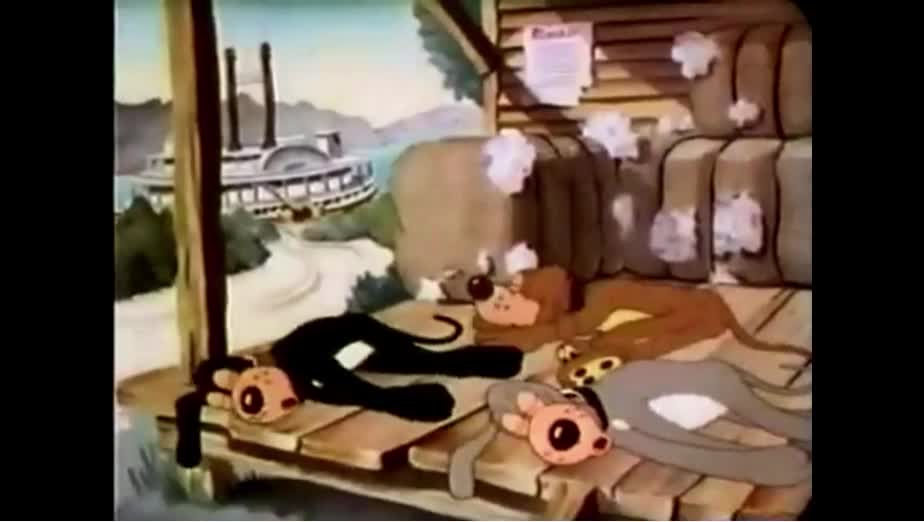
Uncle Tom’s Bungalow c. 1937 : The Censored Eleven
The Censored Eleven is a group of Looney Tunes and Merrie Melodies cartoons originally produced and released by Warner Bros. that were withheld from syndication in the United States by United Artists (UA) in 1968. UA owned the distribution rights to the Associated Artists Productions library at that time and decided to pull these eleven cartoons from broadcast because the use of ethnic stereotypes in the cartoons, specifically African stereotypes, was deemed too offensive for contemporary audiences. The ban has been continued by UA and the successive owners of the pre-August 1948 Looney Tunes/Merrie Melodies. These shorts have not been officially broadcast on television since 1968 and have only been exhibited once theatrically by Warner Bros. in Spring 2010 (see below for more details) since their withdrawal. They have turned up, however, on low-cost VHS and DVD collections over the last thirty years.
https://en.wikipedia.org/wiki/Censored_Eleven
The producers of the television series Game of Thrones announced their plans to start production on a television series that imagines a contemporary America in which the South won the Civil War and slavery never became illegal.
Theirs was not a new idea, for animation producer Leon Schlesinger and director Tex Avery had beaten the Games folks by eighty years with the same kind of film. They called it Uncle Tom’s Bungalow–the fourth cartoon of the “Censored Eleven” and the first by Avery on the list.
Uncle Tom’s Bungalow is a Technicolor episode from the “Merrie Melodies” series and was released in 1937. The film makes good use of color with lush scenery, gaudy but raggedy clothes, and a gag in which Legree’s body switches colors as he touches an electrical socket. The characters’ designs are detailed, and the animation is full.
The cartoon is a parody of Harriet Beecher Stowe’s antebellum, antislavery novel Uncle Tom’s Cabin, but it features only the fictional slaves Uncle Tom, Eliza, and Topsy, the cruel master Simon Legree, and Topsy’s free, blonde friend Little Eva. They all interact with one another, despite the fact that Eliza, Topsy, Eva, and Legree never meet in the novel.
In Avery’s version, Uncle Tom is about to be sold by Simon-Simon Legree, but Topsy and Eva agree to mortgage the slave. When the girls fall behind on their payments, Legree pursues them. Eliza helps them run away, hopping on blocks of ice in a river in order to cross it. Just as Legree catches up to them, Uncle Tom drives up in a fancy car. The old slave then hands Legree the money owed to him, which he won from shooting craps.
The film modernizes slavery largely through anachronism. Eliza and Uncle Tom speak in contemporary slang: “Yeah, man,” and “I’ze truckin’.” Also, Uncle Tom borrows a catchphrase from the radio series Amos ’n’ Andy: “Oh, sho’ sho’ sho’.” Eliza’s blocks of ice come from a vending machine. Tom refers to a movie distributor when he says, “…my soul belongs to Warner Brothers.” And, again, an electrical socket and an automobile are in the cartoon.
This film’s inclusion in the Censored Eleven is almost certainly because of its depiction of slavery. Unlike Hittin’ the Trail to Hallelujahland, this film specifically looks at the peculiar institution–not to criticize it as Stowe did but to make fun of it. Although children did not purchase slaves, Avery’s film shows a slave girl co-owning another slave with a free, blonde toddler.
Also, Uncle Tom’s Bungalow modernizes the business side of slavery by depicting Legree with the language of a used car salesman; the sign on his office is “Smiling Simon Simon Legree Used Slave Co.” At the same time, that particular gag underscores that slaves were simultaneously people and property, because the joke equates selling a used car with selling a “used” person. Stalling incorporated minstrel songs such as “Dixie” in his score. In addition, the scenes with Legree approaching Tom with a whip and dogs chasing Eliza would have probably raised red flags in 1968, when the Censored Eleven cartoons were removed from television syndication.
Slavery imagery aside, some gags based on ethnicity and skin color also probably placed Uncle Tom’s Bungalow on the censored list. Topsy and Eva switch skin colors when frightened by Legree. The slave figures speak in stereotyped dialect; my book The Colored Cartoon quotes some of their lines as they were written in the script. Also, Tom shoots craps, just as Nicodemus was accused of doing in Sunday Go to Meetin’ Time.
Servile characters based on antebellum imagery were already on their way out for over a decade by the time
Uncle Tom’s Bungalow became part of the “Censored Eleven”. Still, the lure of filmmakers to modernizing slavery from Bungalow to Games reminds us, as southern novelist William Faulkner said, “The past is never dead. It is not even past.”
https://cartoonresearch.com/index.php/the-censored-11-uncle-toms-bungalow-1937/
-
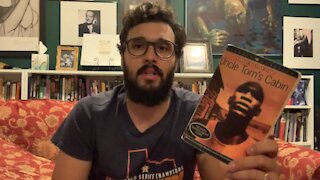 5:56
5:56
mxhernandez21
4 years agoRumble Book Club : Uncle Tom’s Cabin by Harriet Beecher Stowe
75 -
 0:08
0:08
Sandea77
3 years agoUncle Bobby
81 -
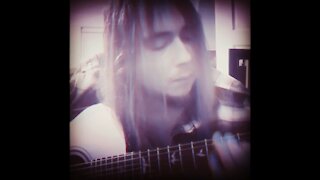 2:16
2:16
Gorlag
3 years ago $0.04 earnedCensored content
338 -
 0:27
0:27
ScottysThoughties
4 years agoSeven Eleven
1101 -
 2:02
2:02
For The Love Of God Records
4 years agoProject Eleven Campaign
66 -
 3:13
3:13
Codepoet Media
3 years agoDrawing Uncle Sam
115 -
 5:06
5:06
Teens_for_Trump
4 years ago $0.09 earnedI am being Censored
1.61K9 -
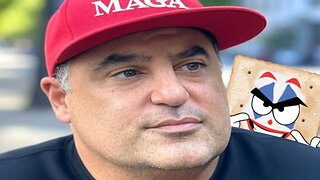 2:08:48
2:08:48
TheSaltyCracker
13 hours agoLefty Grifters Go MAGA ReeEEeE Stream 12-22-24
222K653 -
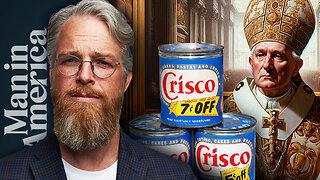 1:15:40
1:15:40
Man in America
16 hours agoThe DISTURBING Truth: How Seed Oils, the Vatican, and Procter & Gamble Are Connected w/ Dan Lyons
130K119 -
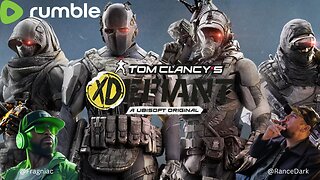 6:46:07
6:46:07
Rance's Gaming Corner
18 hours agoTime for some RUMBLE FPS!! Get in here.. w/Fragniac
165K4